


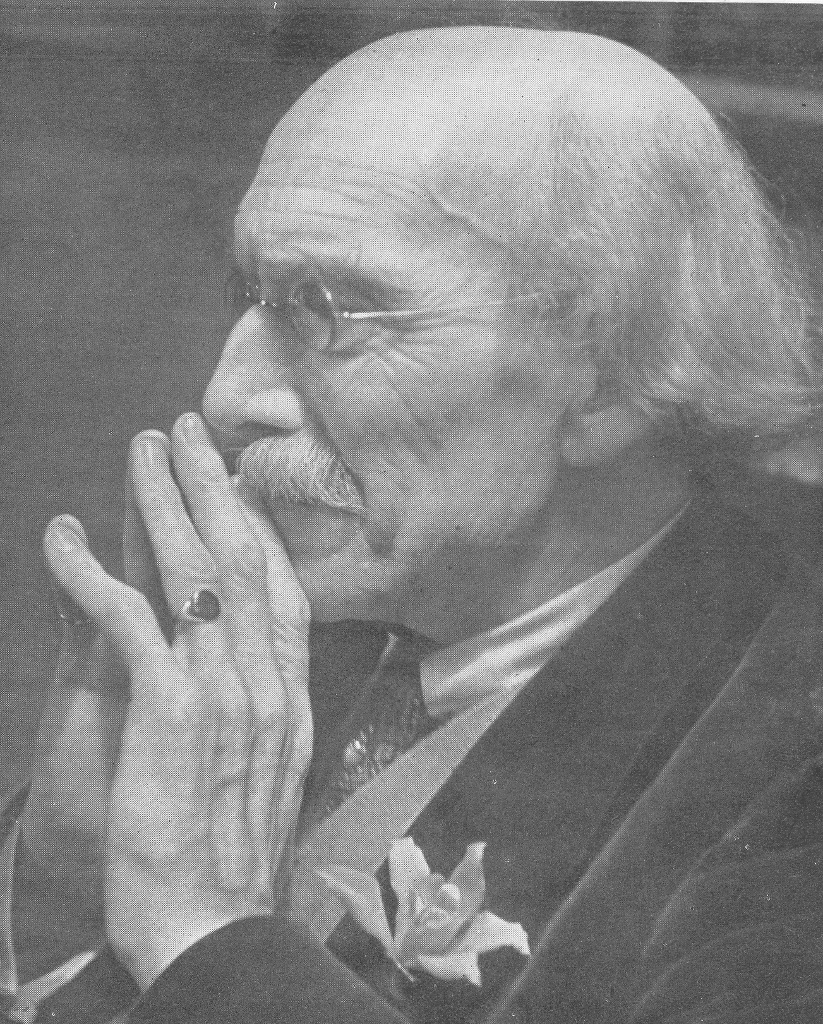


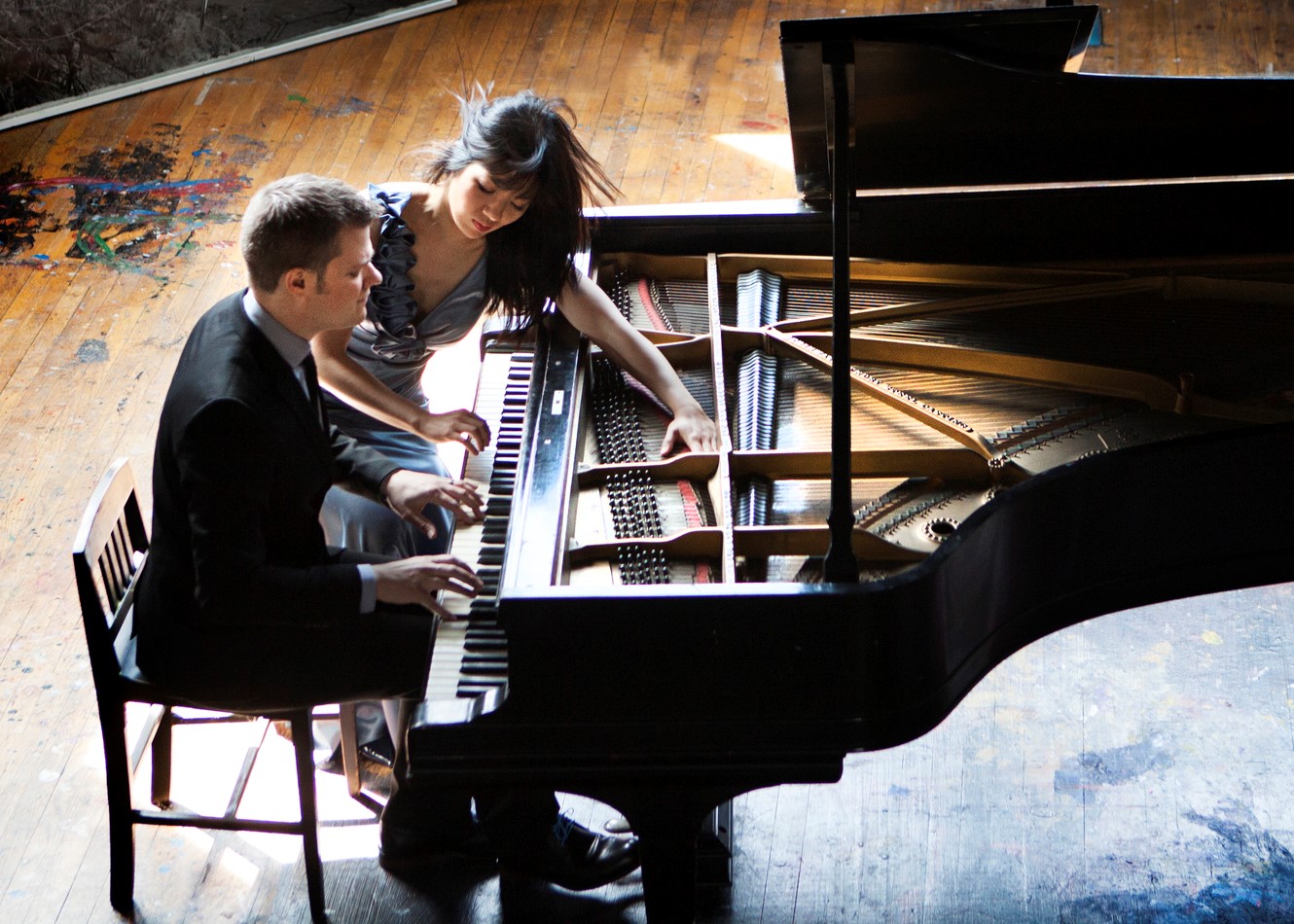
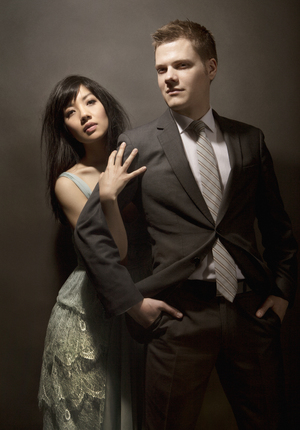
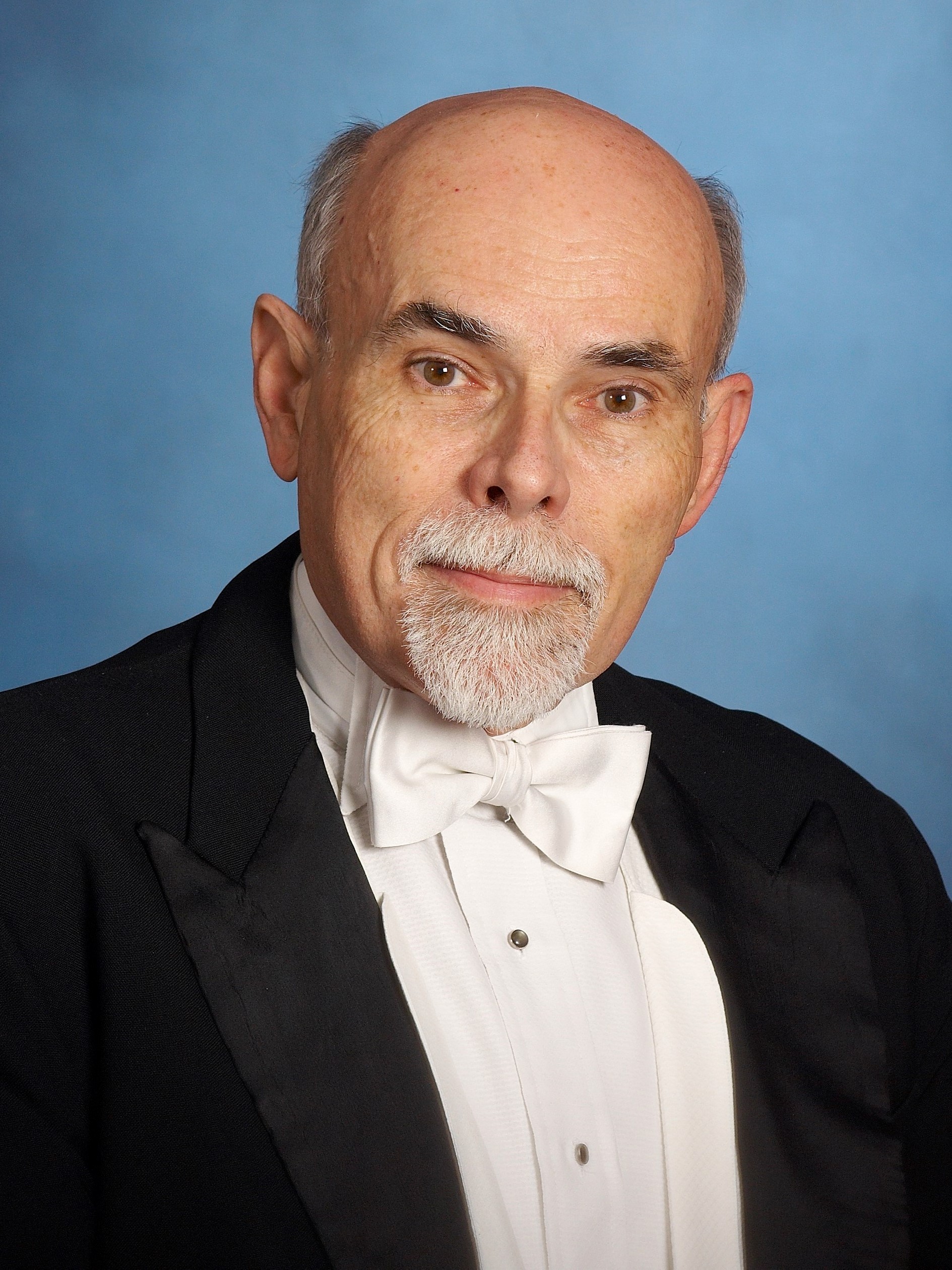
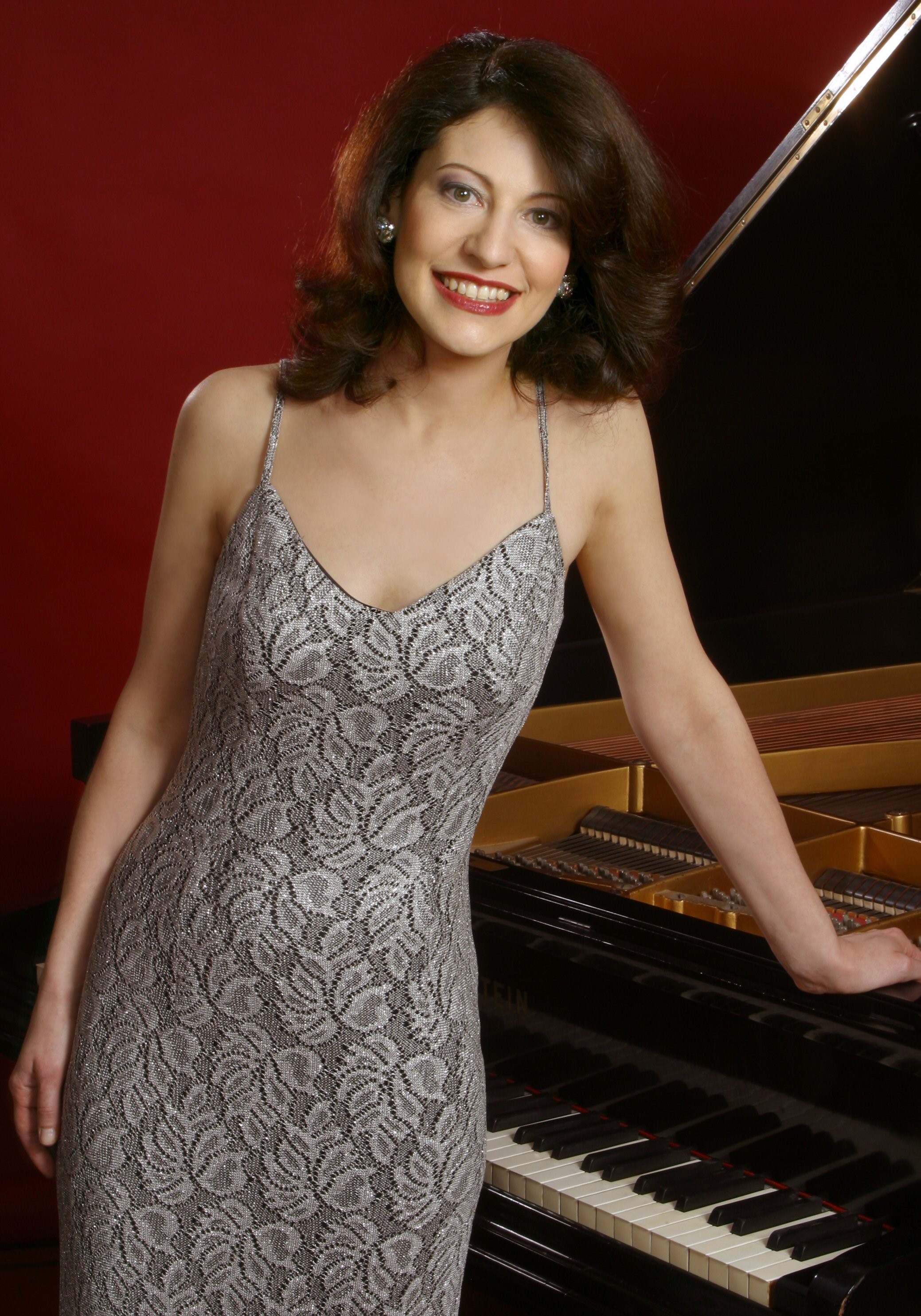


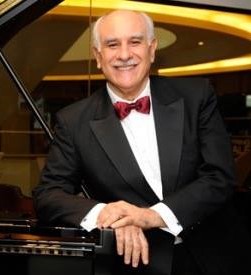


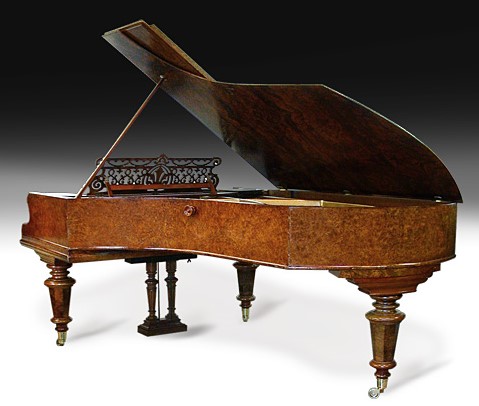
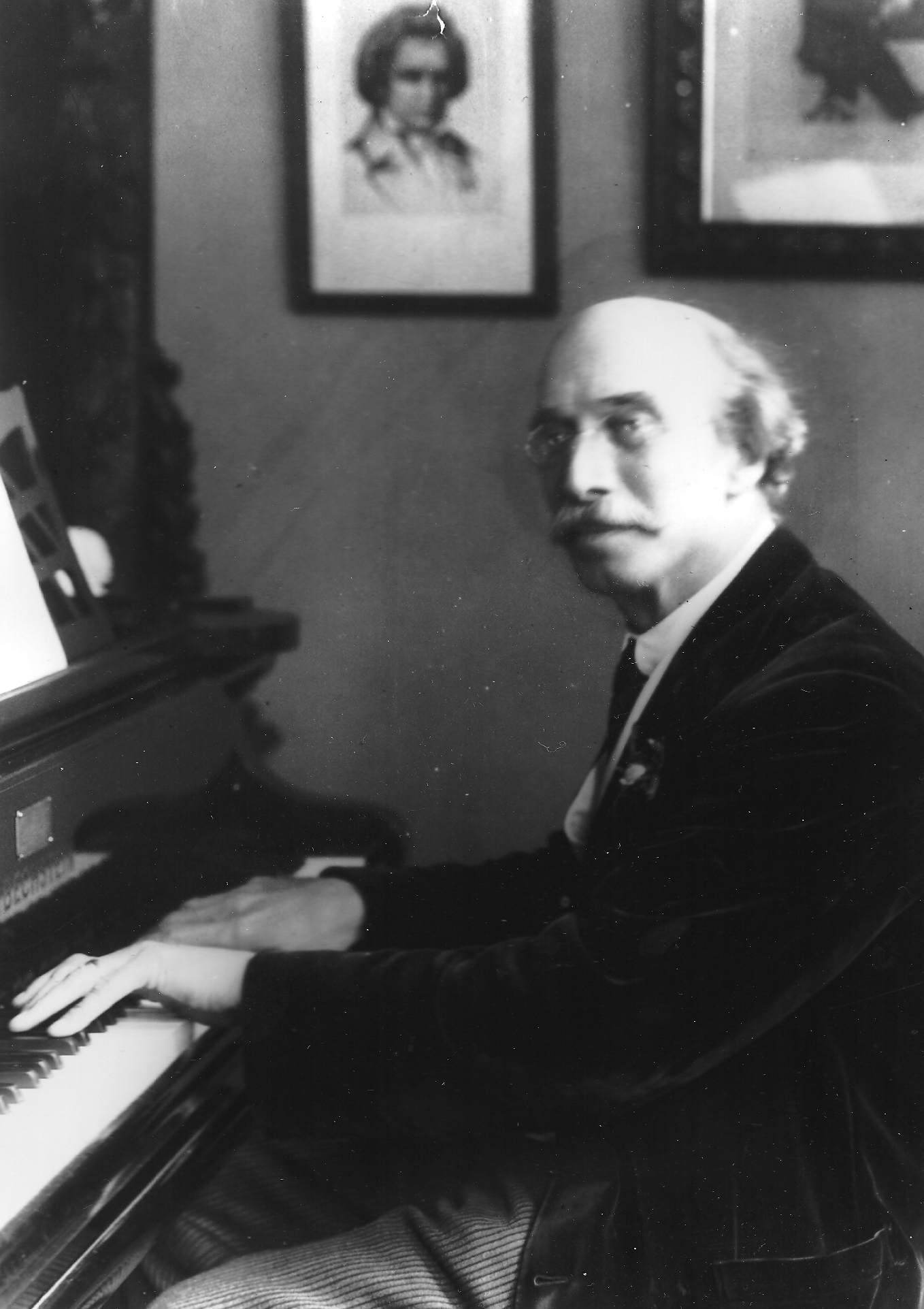
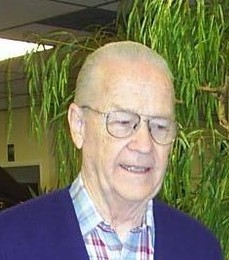

The sessions will conclude with a panel discussion joined by AMA member and master teacher/technician DONALD HAGEMAN (near left) and moderated by former AMA president STEPHEN SIEK, in which all of these experts will share their insights about where the piano building industry is headed, what challenges it faces in the future, and what facts serious pianists and teachers might benefit from knowing.

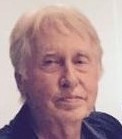
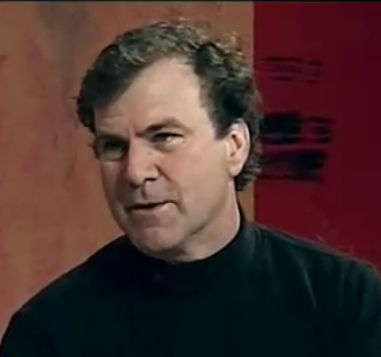
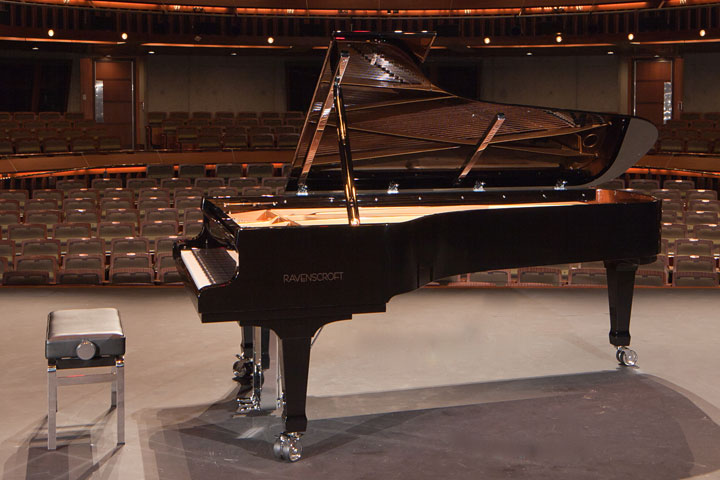
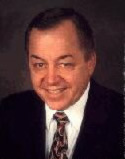


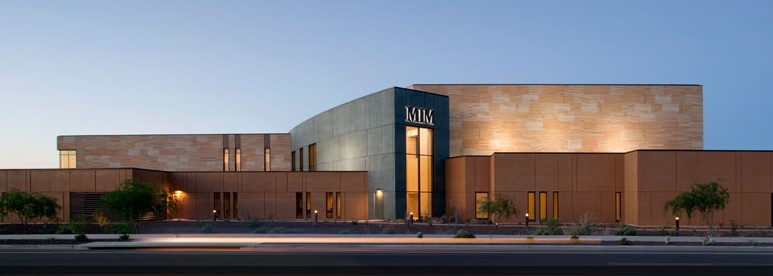

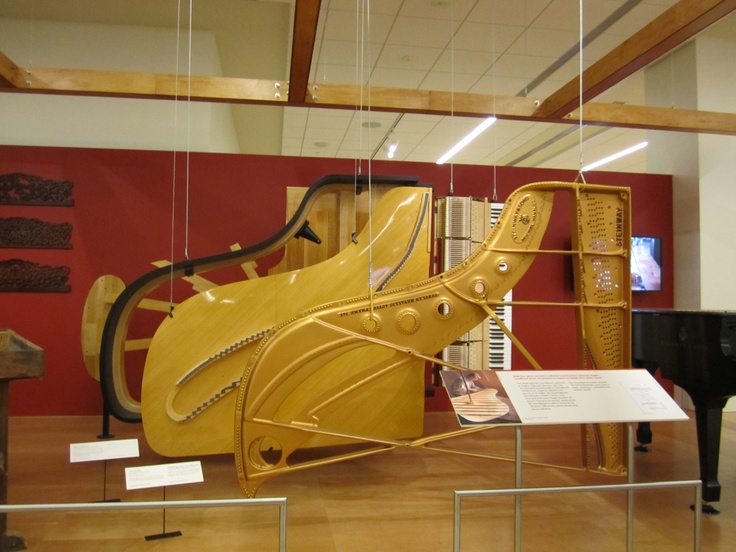
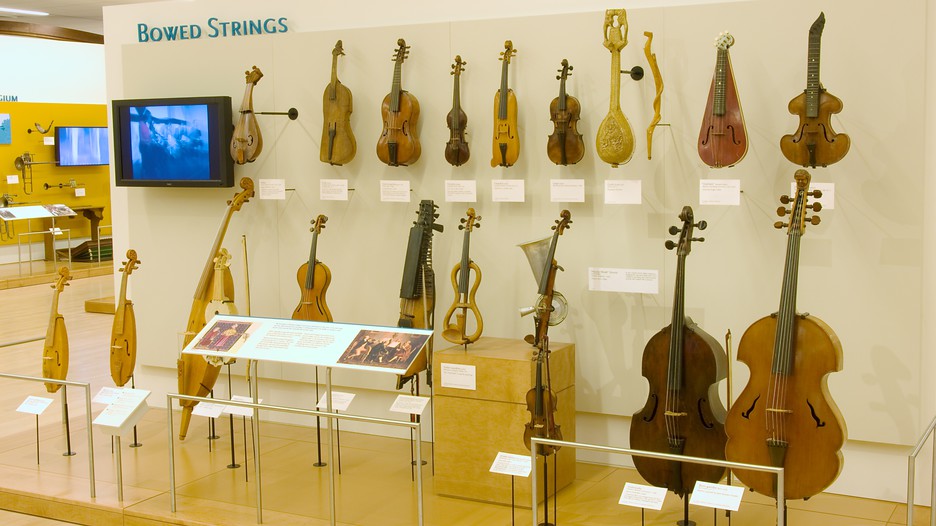
Festival attendees who plan to arrive by Tuesday evening, June 13, may wish to join the special tour of MIM, which will leave from the Tempe Graduate at mid-morning on Wednesday, June 14, and is open to all who indicate their preference on the registration form. The form may be found by clicking on the registration link at the bottom of this page.


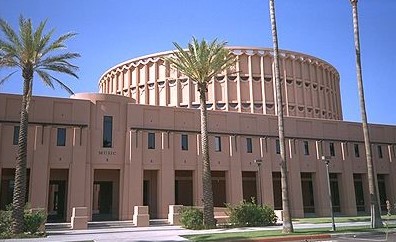
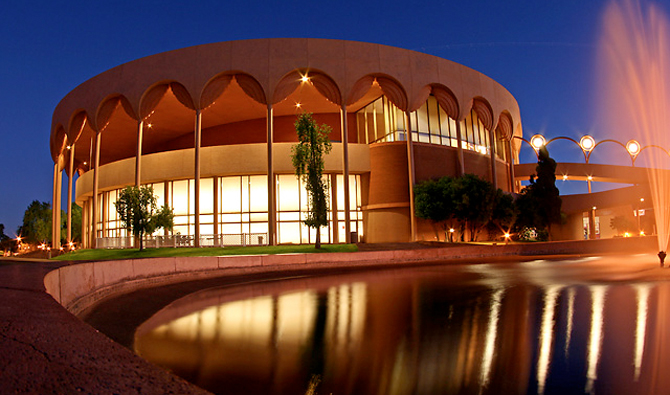
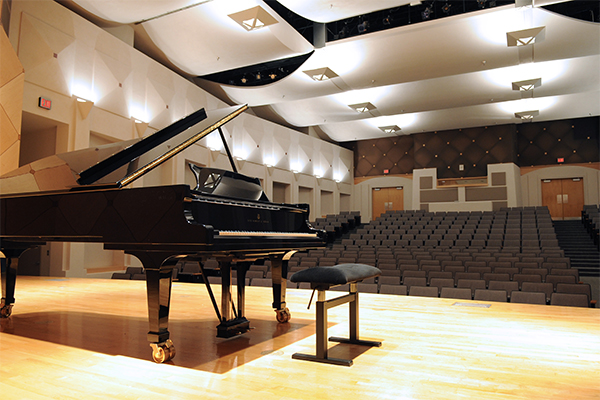
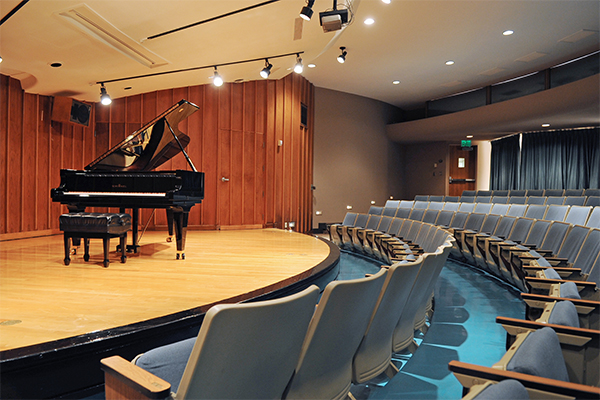 All evening recitals at this year's Matthay Festival will be held in the beautiful Katzin Concert Hall (lower left), an acoustically perfect 350-seat hall which opens onto a beautiful fountain courtyard. It boasts a video and projection booth capable of making audio and video recordings, as well as a state-of-the-art digital system designed to stream concerts live on the web. It also houses both an American and a Hamburg Steinway D, as well as an Imperial Boesendorfer. Each winter, Katzin is home to the Avanti Steinway Festival and Competition, and in alternate years, ASU hosts the International Boesendorfer-Yamha Competition. The daytime sessions will take place in the ASU Recital Hall (lower right), located on the fifth floor of the School of Music, an intimate 125-seat facility that opens onto a rooftop courtyard. The semi-circular design of this hall provides a warm atmosphere, and acoustics suitable for solo and chamber performances. It also houses a beautiful new Hamburg B Steinway.
All evening recitals at this year's Matthay Festival will be held in the beautiful Katzin Concert Hall (lower left), an acoustically perfect 350-seat hall which opens onto a beautiful fountain courtyard. It boasts a video and projection booth capable of making audio and video recordings, as well as a state-of-the-art digital system designed to stream concerts live on the web. It also houses both an American and a Hamburg Steinway D, as well as an Imperial Boesendorfer. Each winter, Katzin is home to the Avanti Steinway Festival and Competition, and in alternate years, ASU hosts the International Boesendorfer-Yamha Competition. The daytime sessions will take place in the ASU Recital Hall (lower right), located on the fifth floor of the School of Music, an intimate 125-seat facility that opens onto a rooftop courtyard. The semi-circular design of this hall provides a warm atmosphere, and acoustics suitable for solo and chamber performances. It also houses a beautiful new Hamburg B Steinway.
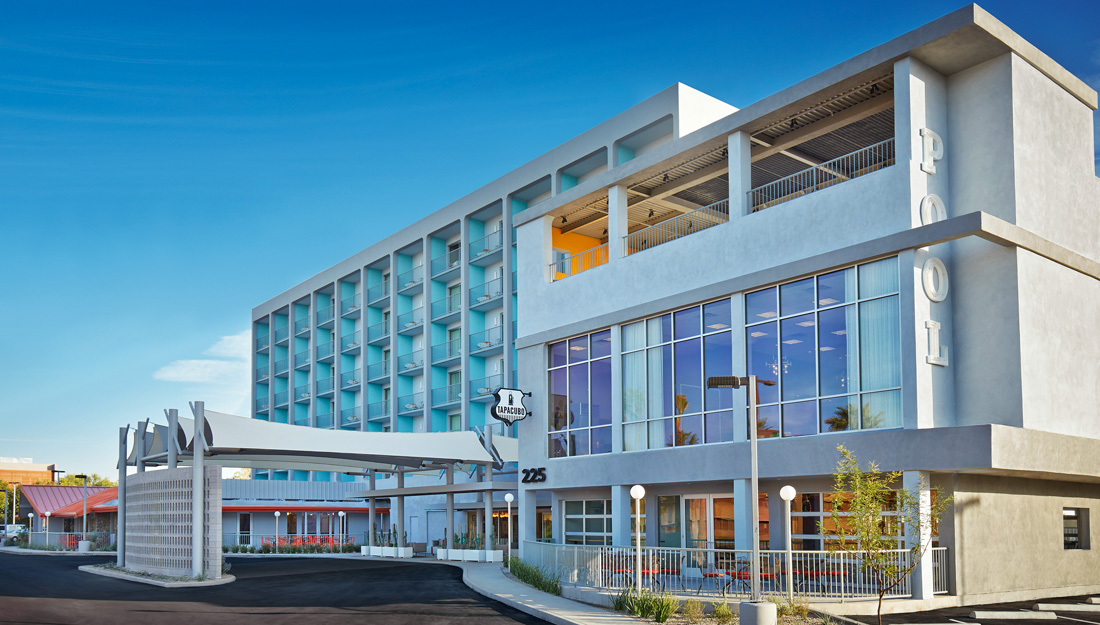
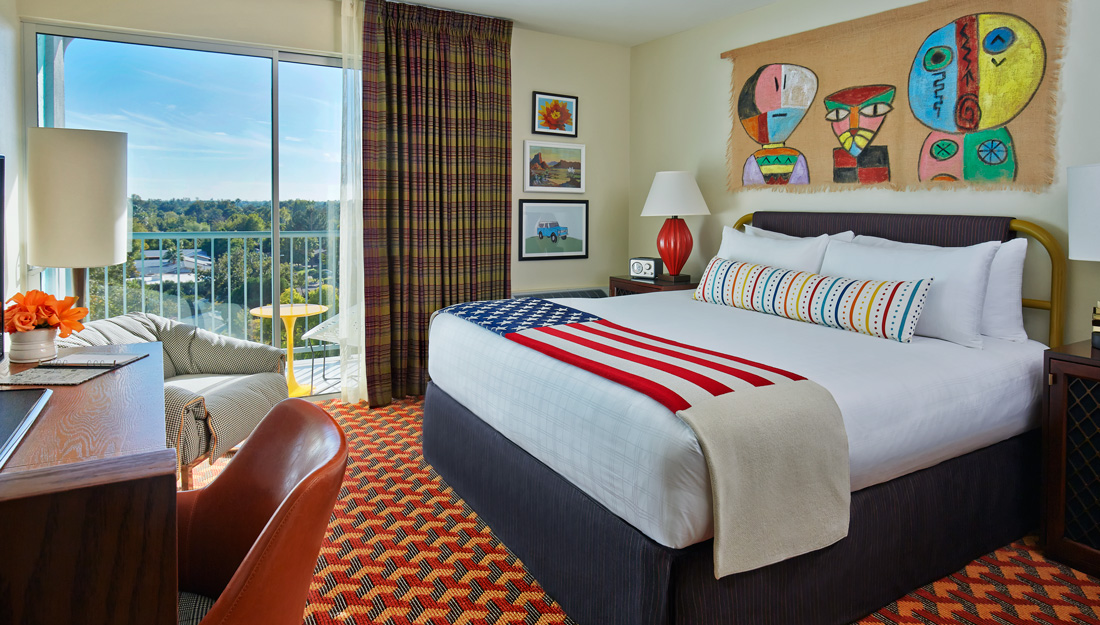

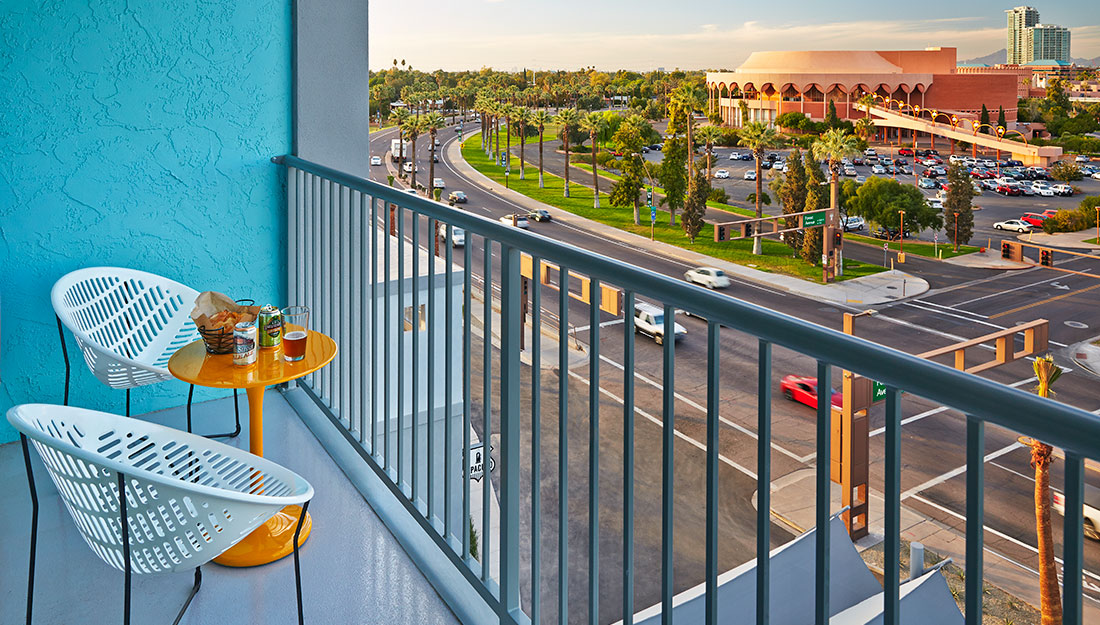
The Normal Diner (middle left), which serves gourmet breakfasts and lunches, is just off the hotel lobby, and later in the day, guests may enjoy dining, relaxing, and socializing at the Tapacubo, a Mexican cantina serving lunch and dinner, with a rooftop bar (lower right) overlooking the ASU campus. If the weather should turn uncomfortably warm, guests need not worry about walking the short distance to the Music building, since they will also have access to the Orbit complimentary bus system. The Orbit's air-conditioned Jupiter line passes directly in front of the hotel every 15 minutes, and the rides are free of charge.
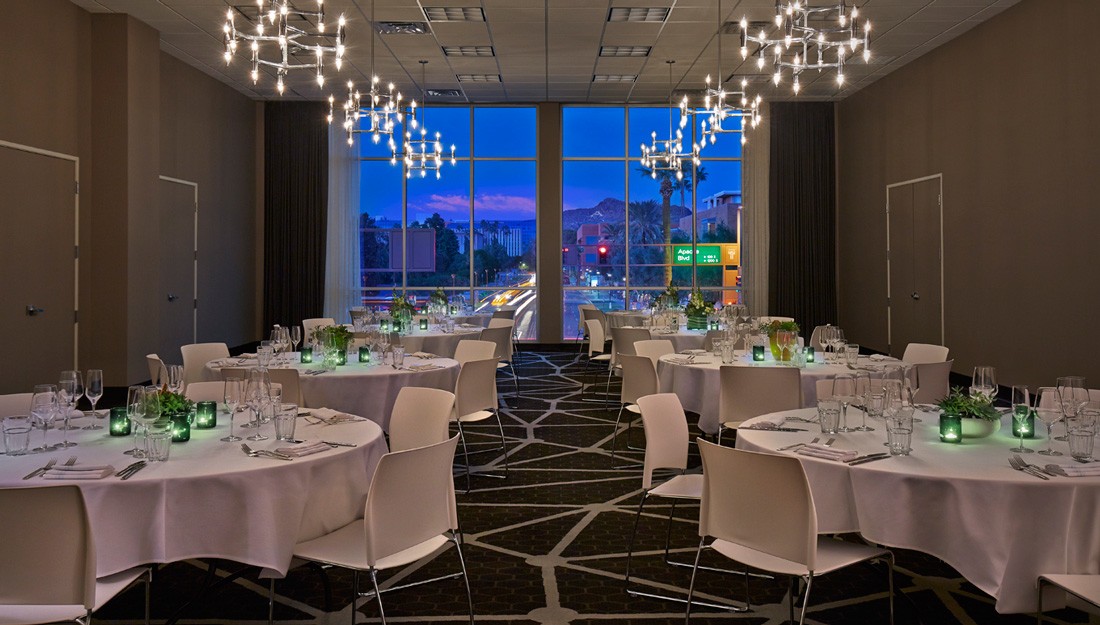

This year's banquet will also take place at the Graduate on Saturday, June 17, with a cash bar opening at 6 pm, followed by dinner at 6:30, an all-inclusive buffet featuring chicken and vegetarian options for a price of $32. Please click on the registration link at the bottom of this page to reserve seating.
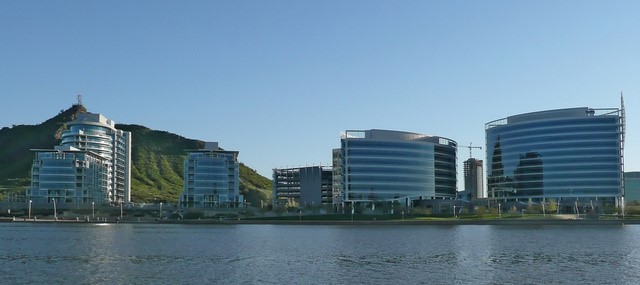

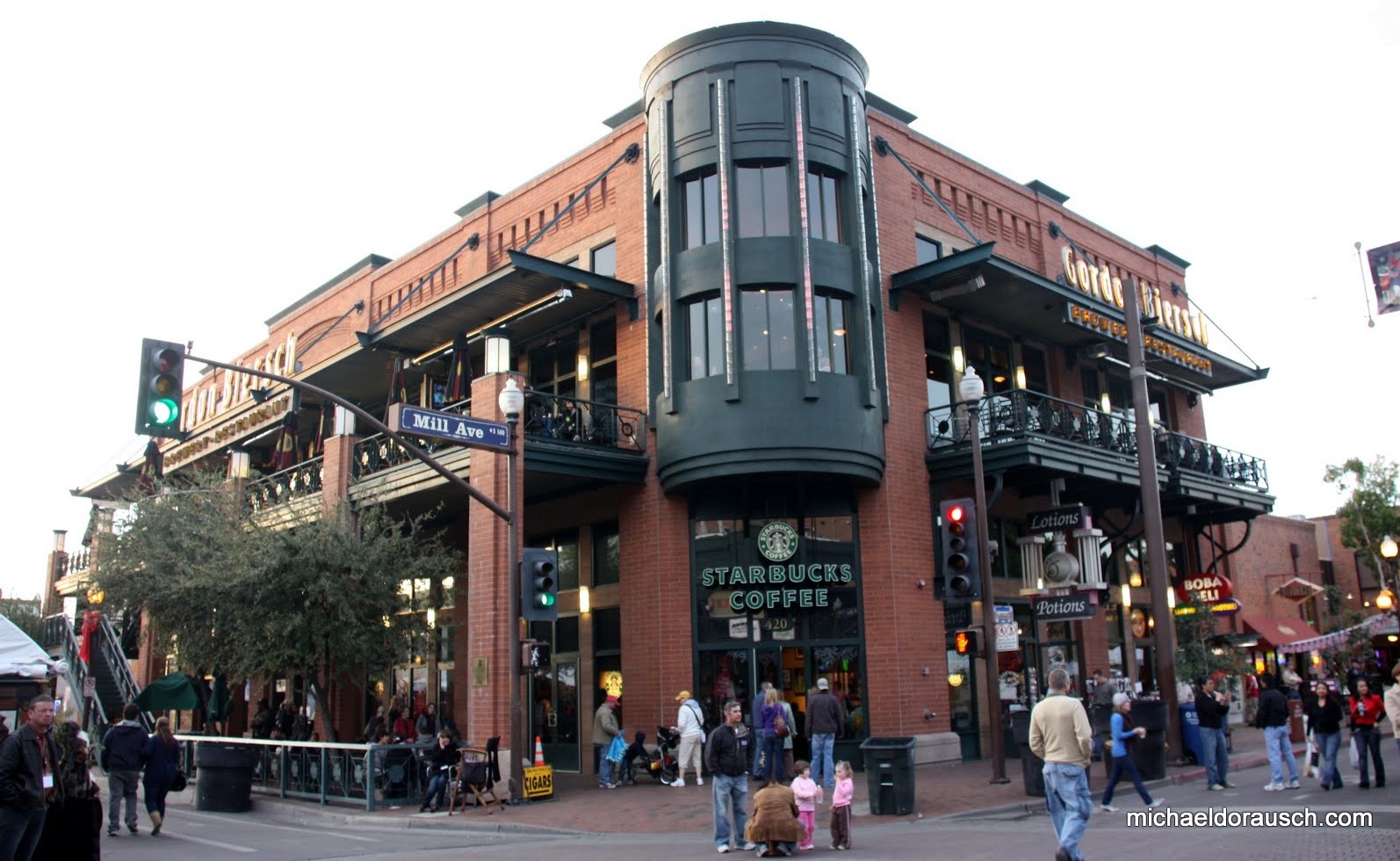
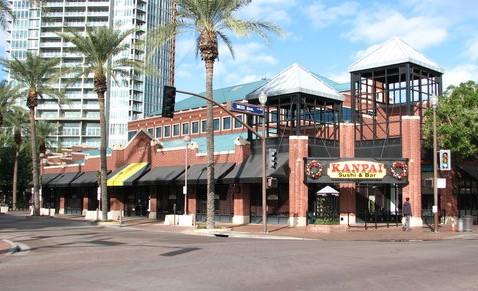 Downtown Tempe offers more than 175 restaurants, nightclubs, and retail shops to cater to city guests. The nerve center of the University's commercial district is Mill Avenue, whose many shops and restaurants are within easy walking distance of the School of Music, and offer a wide variety of dining options. Also within walking distance, just slightly east of the Music building, is the ASU Memorial Union, featuring a wide variety of less expensive options, including the Engrained Cafe, Pitchforks, Burger King, Chick-fil-A, Einstein Bros. Bagels, Devils' Greens, Jamba Juice, AFC Sushi, Qdoba, Pei Wei, Subway, Starbucks, and the Mozart Cafe.
Downtown Tempe offers more than 175 restaurants, nightclubs, and retail shops to cater to city guests. The nerve center of the University's commercial district is Mill Avenue, whose many shops and restaurants are within easy walking distance of the School of Music, and offer a wide variety of dining options. Also within walking distance, just slightly east of the Music building, is the ASU Memorial Union, featuring a wide variety of less expensive options, including the Engrained Cafe, Pitchforks, Burger King, Chick-fil-A, Einstein Bros. Bagels, Devils' Greens, Jamba Juice, AFC Sushi, Qdoba, Pei Wei, Subway, Starbucks, and the Mozart Cafe.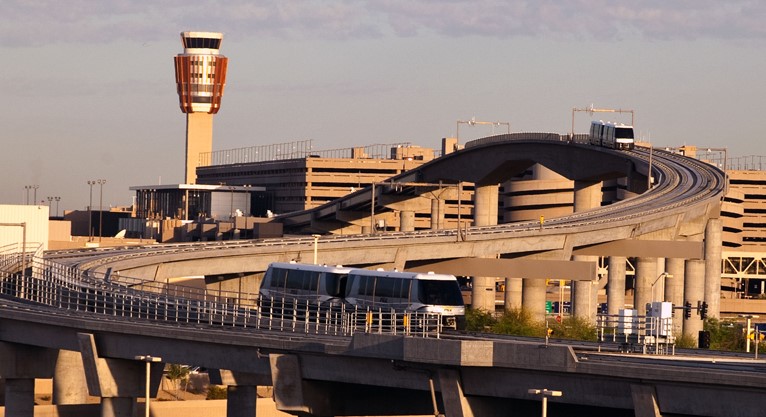
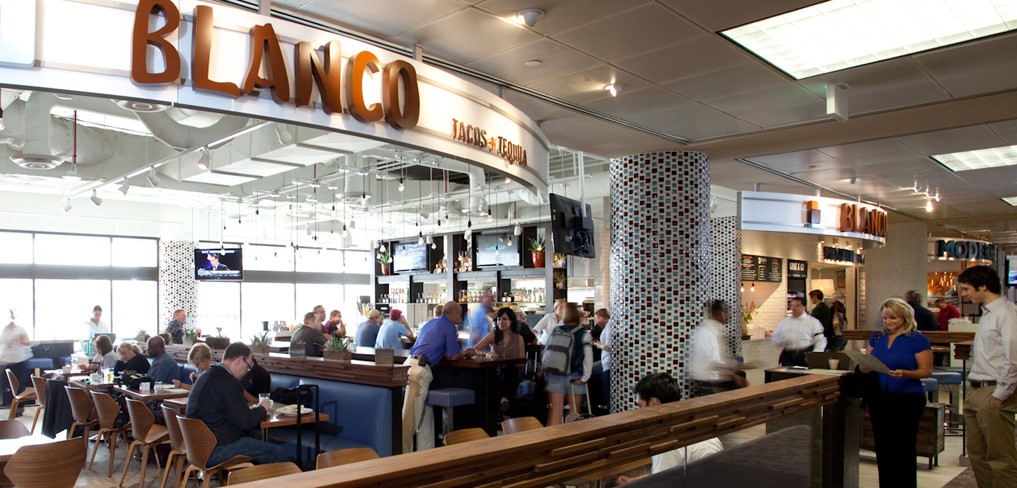
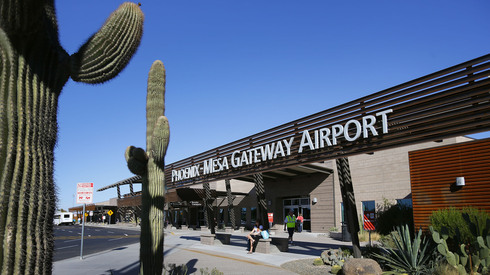
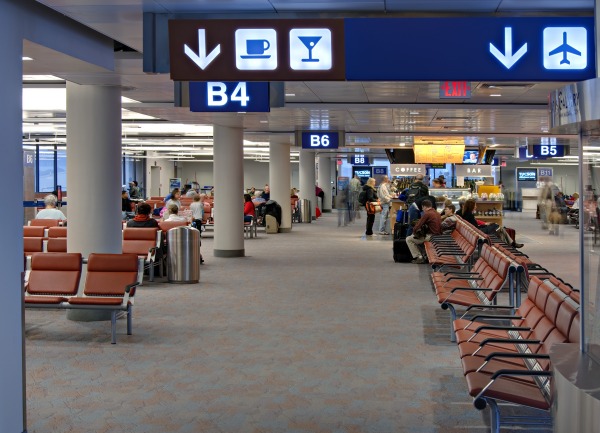
 Festival Program
Festival Program
 Festival Registration
Festival Registration
 Back to Matthay Home Page
Back to Matthay Home Page